A Nightingale Story
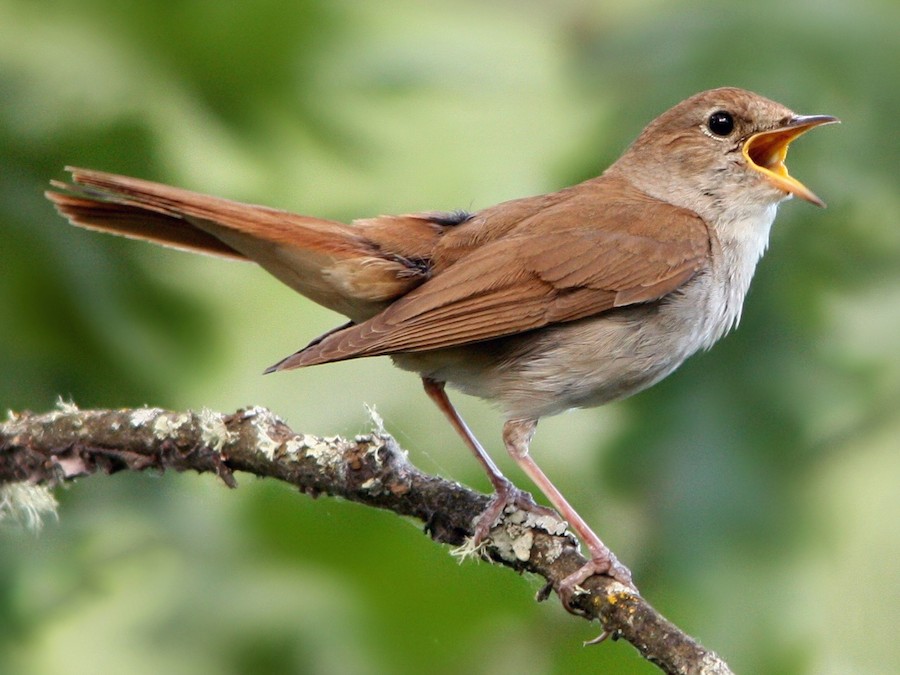
Nightingale:
Photo Credit – eBIRD
Many years ago, I saw and heard my first Nightingale. It was a summer evening at the start of the 1960s as I walked the fields on the farm where I grew up, near York, England. I describe the sighting in chapter 8 of my novel She Wore a Yellow Dress, and at the time, the bird was as far north in Britain as you would expect to encounter a Nightingale. Only vagrant birds reached Scotland. Its nocturnal name comes from the Old English nihtegala, derived from the words for “night” and galan, “to sing”. Nightingales are renowned for their songs, particularly at night, and start breeding in the UK after migrating from West Africa and return to their winter homes in late summer. I reported my sighting to the local bird recorder, but it was not approved.
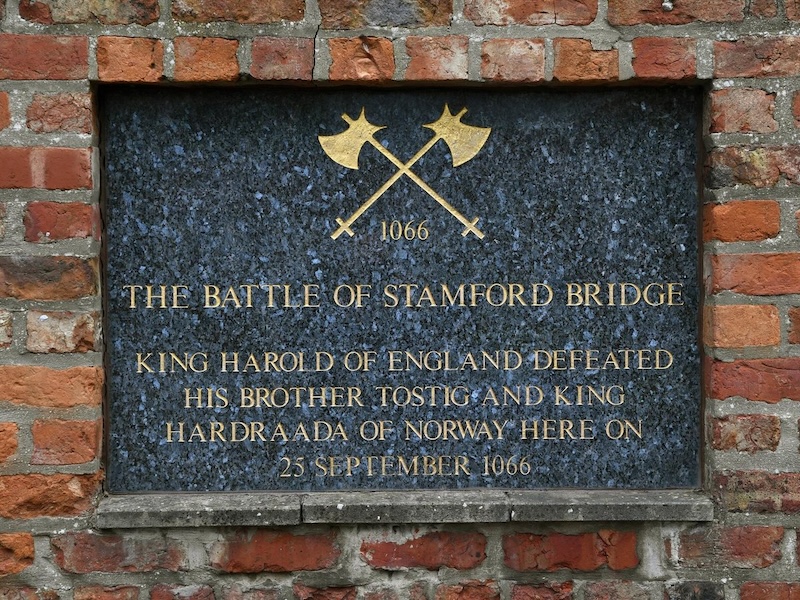
Battle of Stamford Bridge
Photo Image – Yorkshire Post
A nearby school boosted my confidence in what I had seen by reporting that York lay on the northern edge of Nightingale country. Nightingales were recorded locally, mainly males heard singing, and a pair had nested on nearby Skipwith Common. The location was rumored to be where the Vikings buried their dead after the defeat by King Harold at the Battle of Stamford Bridge on September 25, 1066. King Harold then raced south to near Hastings on the south coast to face William of Normandy. Here, on October 14, 1066, he lost the battle and was slain.
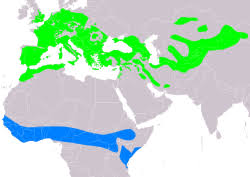
Nightingale Range
Photo Credit – Wikipedia (Green is Breeding; Blue is Winter)
Since my early days of birdwatching, the number of Nightingales in the UK has undergone a massive decline, estimated to be around 90 per cent, with approximately 5,000 to 6,000 pairs currently breeding in the south and east of England. The British Trust for Ornithology placed the species on its Conservation Red List in 2015. The loss of tangled hedges and overgrazing of coppiced woodland by cattle and deer, decline in insect food resources, increased predators, and global warming have contributed to this reduction. Additionally, Nightingales from Britain migrate to areas of West Africa, where habitat loss and the effects of drought are thought to have contributed to their decline.

UK Nightingales in West Africa
Photo Credit – Research Communities, Springer Nature
Dark Blue – Primary Sites; Light Blue – Birds on the move; Yellow Triangle – Birds tagged
Populations on mainland Europe have not suffered the same decline, with around 22 million mature birds estimated to breed in Europe. This number rises to more than 43 million if breeding populations in Asia and North Africa (particularly China, Mongolia, Iran, and Kazakhstan) are added. These birds also migrate to sub-Saharan Africa, but some spend their winters in East African countries. The Nightingale is the national bird of Ukraine, Iran and Croatia. It is no longer heard singing in Berkeley Square, London, as described in the British song popular during World War 2, and sung on both sides of the Atlantic.
Some say the Berkeley Square bird was more likely a European Robin. Still, today, hundreds of Nightingales remain singing during summer in the gardens and parks of Berlin.
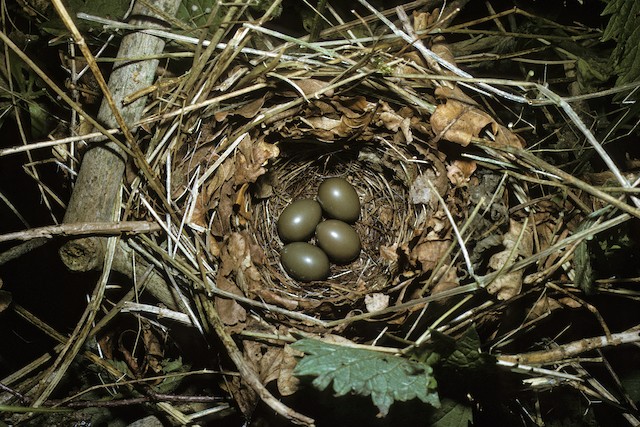
Nightingale Nest
Photo Image – Cornell Lab, Birds of the World
The Nightingale is approximately six inches long (15cm), a rather plain bird with a brown back, pale underparts, and a broad, rusty-brown tail. The sexes are similar in appearance, although the males tend to be slightly larger. However, the bird’s rich, loud, bubbling, musical song, with an impressive range of whistles, trills, and gurgles that can include 180 to 260 distinct song variations, has captivated humans for generations. It is the male that does the singing, both during the night and during the day.
The female does not sing but may emit brief contact and alarm calls.
Pairs form for only one breeding season and nest on or near the ground in dense vegetation. They construct their nests of twigs, dry leaves, and grass. The female lays 4 to 5 eggs per clutch, and the chicks leave the nest 10 to 12 days after hatching. They remain close to their parents for several more weeks until they develop the skills to become fully independent. The Nightingale’s diet is primarily insects that they catch on the ground or in the air.
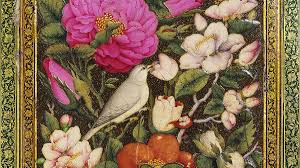
The Rose and the Nightingale: The Israel Museum, Jerusalem
Over the centuries, the bird has been the subject of numerous cultural depictions in various forms, including song, poetry, literature, music, religion, and folklore. It is the basis of the Cornish folk song, Sweet Nightingale, and features in the traditional Appalachian folk song The Nightingale , an American variant of an English ballad.
However, the bird is not present in North America. It is the bird that sings after Shakespeare’s Romeo and Juliet spend their one night together. Greek literature uses it to convey lamentation; Shelley likened it to a poet who sits in darkness and sings to cheer his solitude with sweet sounds.
Keats uses the Nightingale in an Ode to a Nightingale to contrast human suffering with the eternal beauty of the Nightingale’s song.
Beethoven uses flute imitations of the Nightingale’s call in his Pastoral Symphony, and Franz Liszt features the Nightingale in his Mephisto Waltz No. 1. Folklore stories range from The Emperor and the Nightingale by Hans Christian Andersen to The Nightingale and the Rose by Oscar Wilde. In the Baha’i Faith, which emerged in the 1800s in Iran and parts of the Middle East, the Nightingale symbolizes spiritual steadfastness and the pursuit of truth.
There is also a darker side to the song of the Nightingale. Until the 1920s in the UK, people would trap, cage, and sell Nightingales for a penny each.
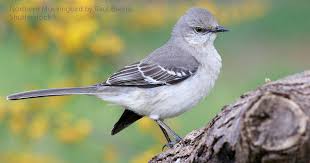
Northern Mockingbird
Photo Image – American Bird Conservancy
If you are thinking of an equivalent bird species in the Americas, there is none. The Northern Mockingbird comes closest in song, with its broad range of warbles, buzzes, and chirps, but much of its music is the result of mimicry of other sources. Its appearance is quite different from that of the Nightingale. For similarity in size and plumage, the Hermit Thrush is probably the best choice, with its plain brown back and reddish-brown tail. Its song is also attractive, but it lacks the musical range offered by the Nightingale. May we continue to enjoy the music of the Nightingale and avoid its extinction in Britain, a prediction made by the British Trust for Ornithology, if no action is taken to change current trends.
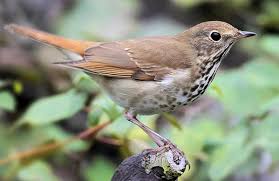
Hermit Thrush
Photo Credit – American Bird Conservancy



